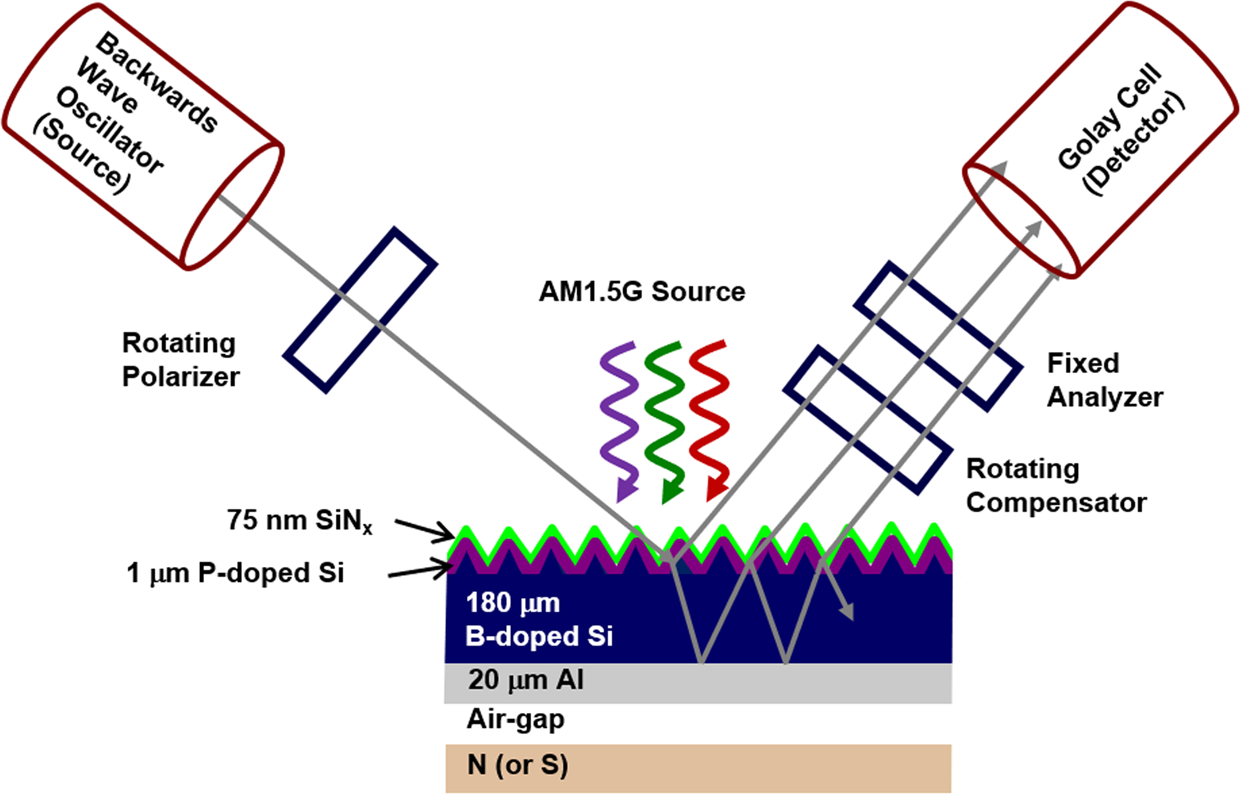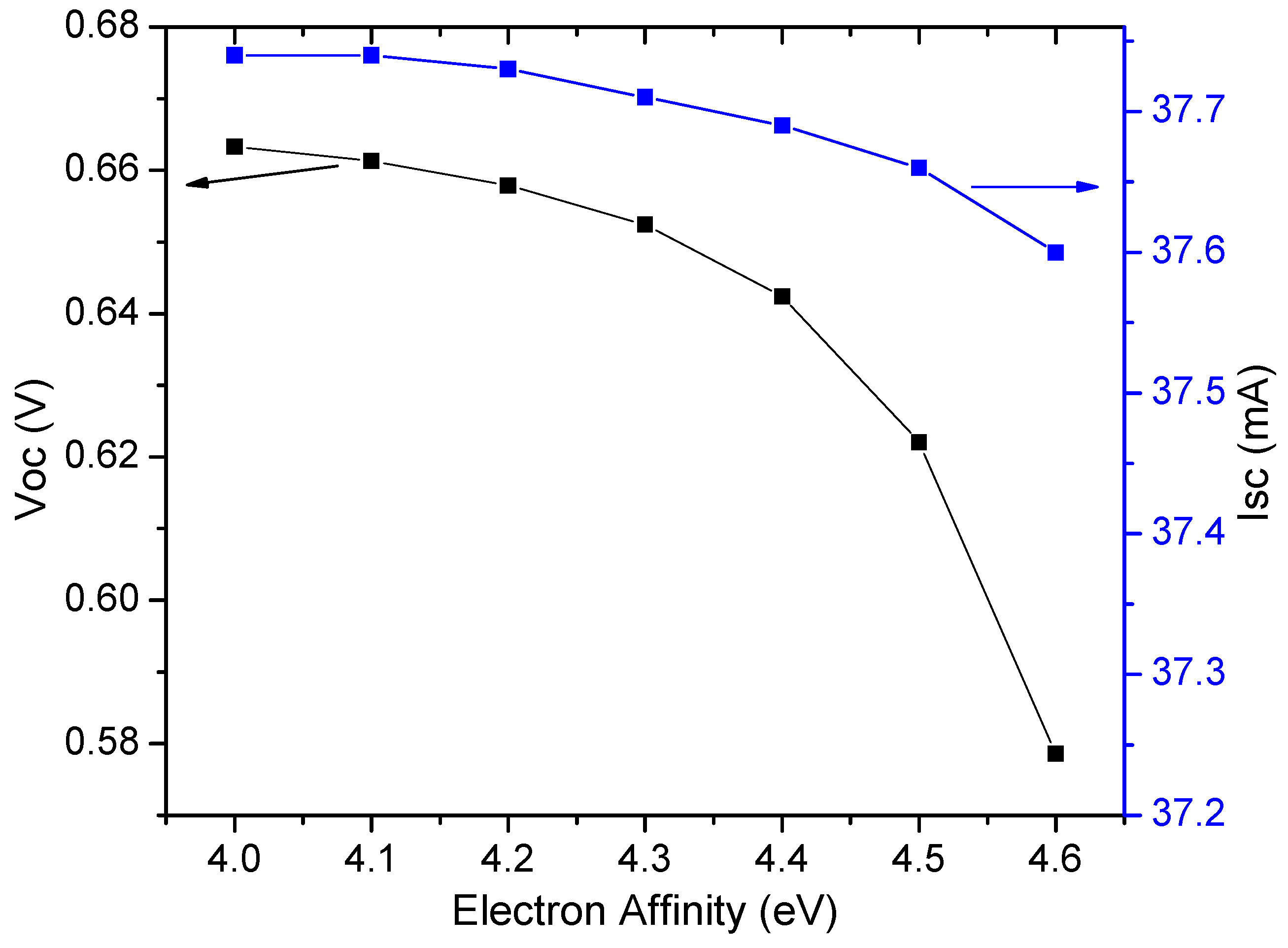
It is a relationship between the current through the diode and applied voltage. This is how PN junction semiconductor works. In this process, the current flowing through the PN junction is very high and ultimately the PN junction gets damaged due to overheating caused by the excess amount of current. This breakdown is called an avalanche breakdown. The electrons and holes breakdown through the PN junction and cross, resulting in the current flow through the circuit.

But in a particular condition, if the battery voltage is above a reverse bias breakdown voltage. Now in this condition, PN junction behaves like an insulator and it will not allow any current to flow in the circuit. Here, holes are attracted to the negative terminal of a battery, and electrons are attracted to the positive terminal of the battery. In reverse bias, the negative terminal of the battery will be connected towards the P-type semiconductor and the positive terminal of the battery will be connected to the N-type semiconductor. Now, because of this movement of electrons and holes, current starts flowing through the circuit, and this current is known as the drift current. If the voltage in forward bias, is able a specified range, these electrons in the N regions drifts through the junction and migrates to the P region and the holes in the P region drifts through the junction and migrates to the N region.

Due to this depletion region or space charge region narrows down. The positive terminal repulse the holes towards the junction in the P region and the negative terminal repulse the electrons towards the junction in the N region. In forward bias, the positive terminal of the battery is connected towards the P region of the PN junction, and the negative terminal of the battery is connected towards the N region of the PN junction. Let’s start with the first question, What is forward bias and reverse bias? Forward Bias This movement of holes and electrons in the space region gives rise to a current and this current is known as diffusion current. This continues to happen till equilibrium is reached in this region. Some electrons move back from P to N in the space region and some holes move back from N-type to P-type space region.

The direction of the electric field is the N-type region of the P-type region. Now, the electrons are available at the P region and holes are available at the N region, and the electric field is created in this space charge region because of the movement of the holes and electrons. This phenomenon creates a space charge region as shown in the below figure. The electrons near to the junction are jumped from N to P and holes near to the junction is the jump from P to N. Where P-type and N-type joints and form a junction, this junction is known as PN-junction. P-type semiconductors have holes, which is positively charged and N-type semiconductors have electrons, which is negatively charged. It’s formed when a P-type semiconductor is joined an N-type semiconductor. It’s a combination of a P-type semiconductor with an N-type semiconductor.


 0 kommentar(er)
0 kommentar(er)
